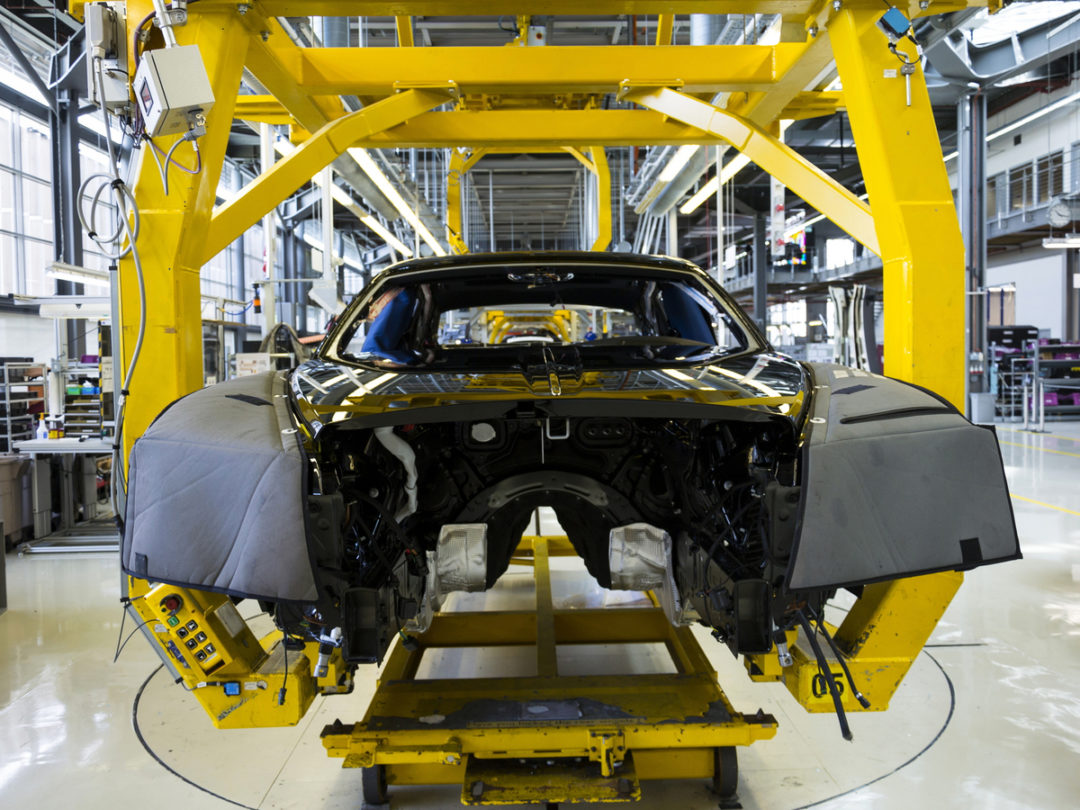In a time of failing supply chains and rising costs, the choice of a lidar (light detecting and ranging) system from the many options available has both short- and long-term implications for automotive original equipment manufacturers.
OEMs today face two big issues when deciding on an automotive lidar system: supply chain certainty and cost predictability. For lidar producers, one of the best options is to use parts and materials that are known and trusted by OEMs, which ensures both cost predictability and confidence in the manufacturer's supply chain.
When a company uses exotic materials to produce a lidar system, results can be mixed. Issues like sourcing, cost and developer expertise can result in delayed, pricey and difficult-to-replicate hardware.
To avoid these pitfalls, it's important to find an automotive lidar partner that uses known materials which are easily sourced and widely available. Because these materials are used in other industries, there’s a greater chance they’ll be less expensive and more familiar to manufacturers, developers, OEMs and engineers.
Following are some advantages to using known materials in lidar production.
Cost reduction. The use of known materials for designing and manufacturing reduces the cost to OEMs. If developers aren’t paying for exotic materials run through expensive supply chains, OEMs can more confidently rely on the costs that are reflected in their bill of materials. In turn, this cost savings gets passed on to consumers. (Inexpensive doesn’t imply cheap — a lidar system should be high-performing as well as affordable to both OEMs and consumers.)
Supply chain dependability and access to tech. Creating a product from common materials establishes dependability, ensuring that OEMs’ access to the product is protected. Recent supply chain shortages and other issues have made a complicated process even more difficult. By choosing a technology partner that uses known materials, OEMs lessen the risk of not having access to dependable lidar systems in the future.
Scalability. Safety is growing as a major differentiator for automotive OEMs. Consumer demand for advanced driver assistance systems (ADAS) safety features will soon become the norm, just as other safety features like airbags, seatbelts and anti-lock brakes have become standard on vehicles. Using known materials will allow OEMs to extend these safety features more broadly and deeply throughout their fleet. Leading-edge ADAS features, including Level 3 autonomy, will no longer be limited to high-end vehicles.
Production supply chain. With materials that are known to the automotive OEM, familiar production processes likely already exist. By avoiding the possible extra production elements of incorporating exotic materials into the product, lidar manufacturers are able to keep costs down, and pass those savings on to OEMs.
As OEMs strive to deliver current ADAS technology while preparing for the future of autonomous driving, choosing a lidar system that utilizes known materials means more scalable and higher-performing operations. Most importantly, OEMs don't have to make tradeoffs between cutting-edge ADAS-enabling lidar technology and expensive bill of materials components. They can have the very best product with a consistent supply.
Sumit Sharma is chief executive officer of MicroVision.

Comments
Post a Comment